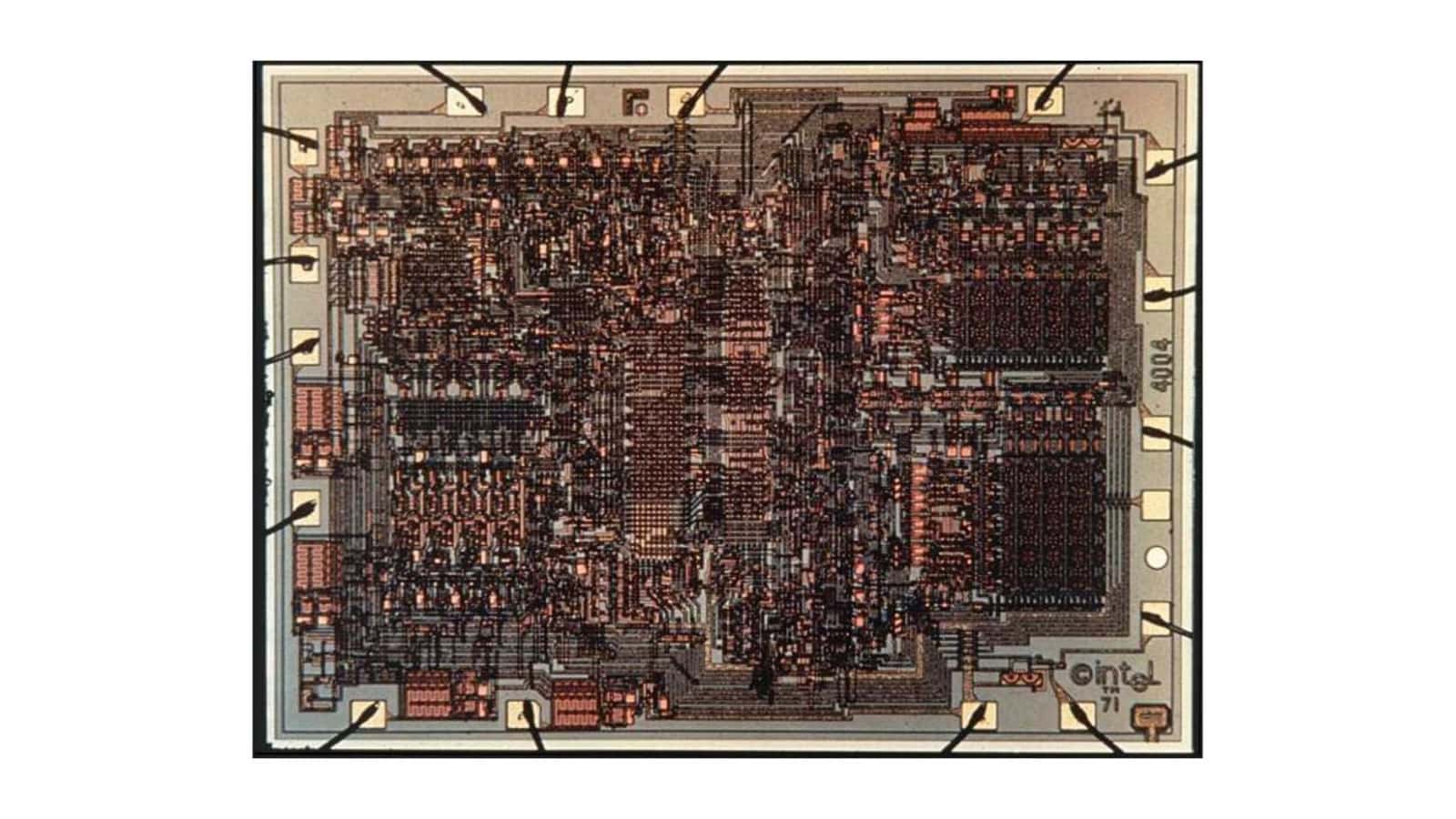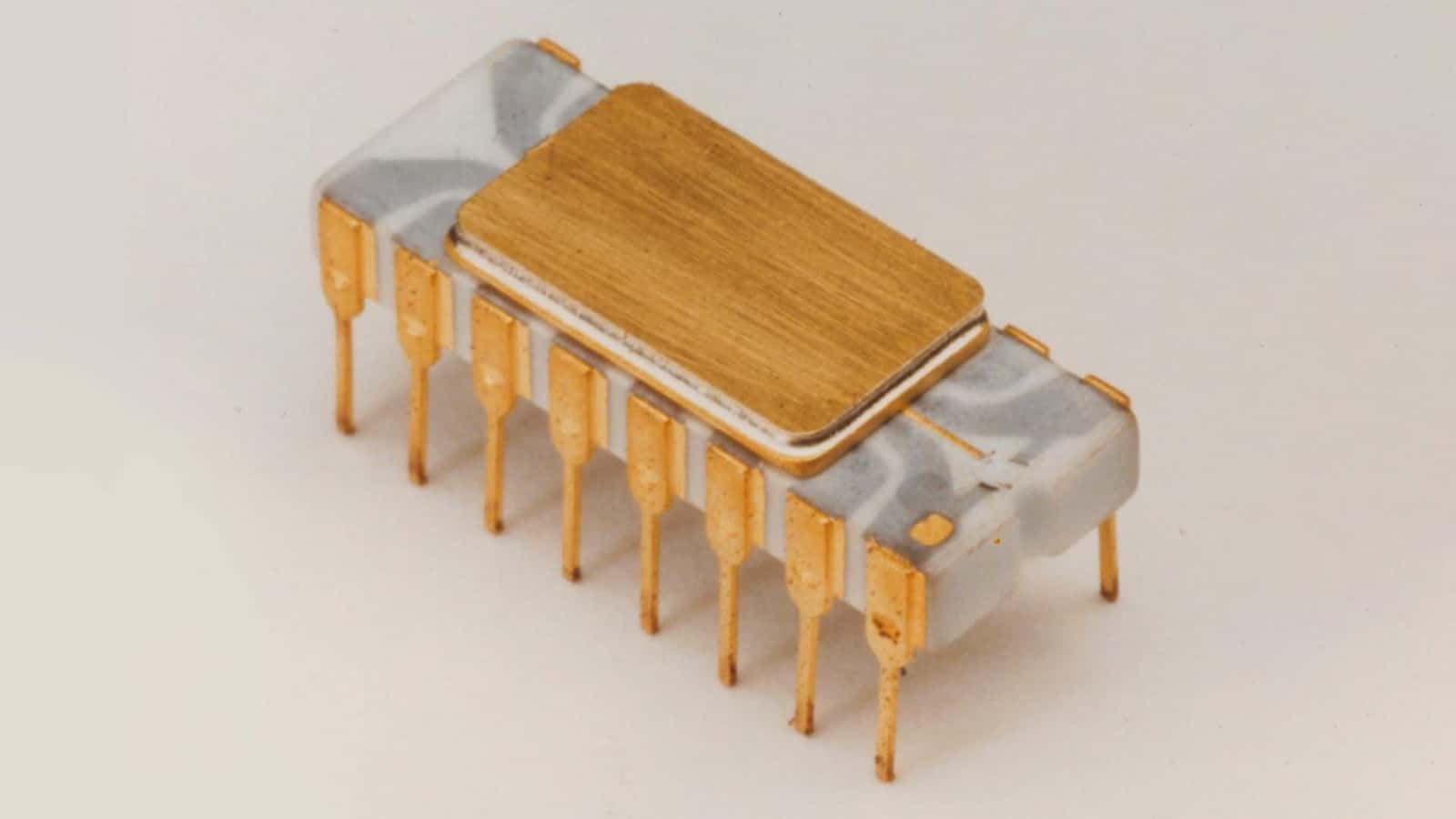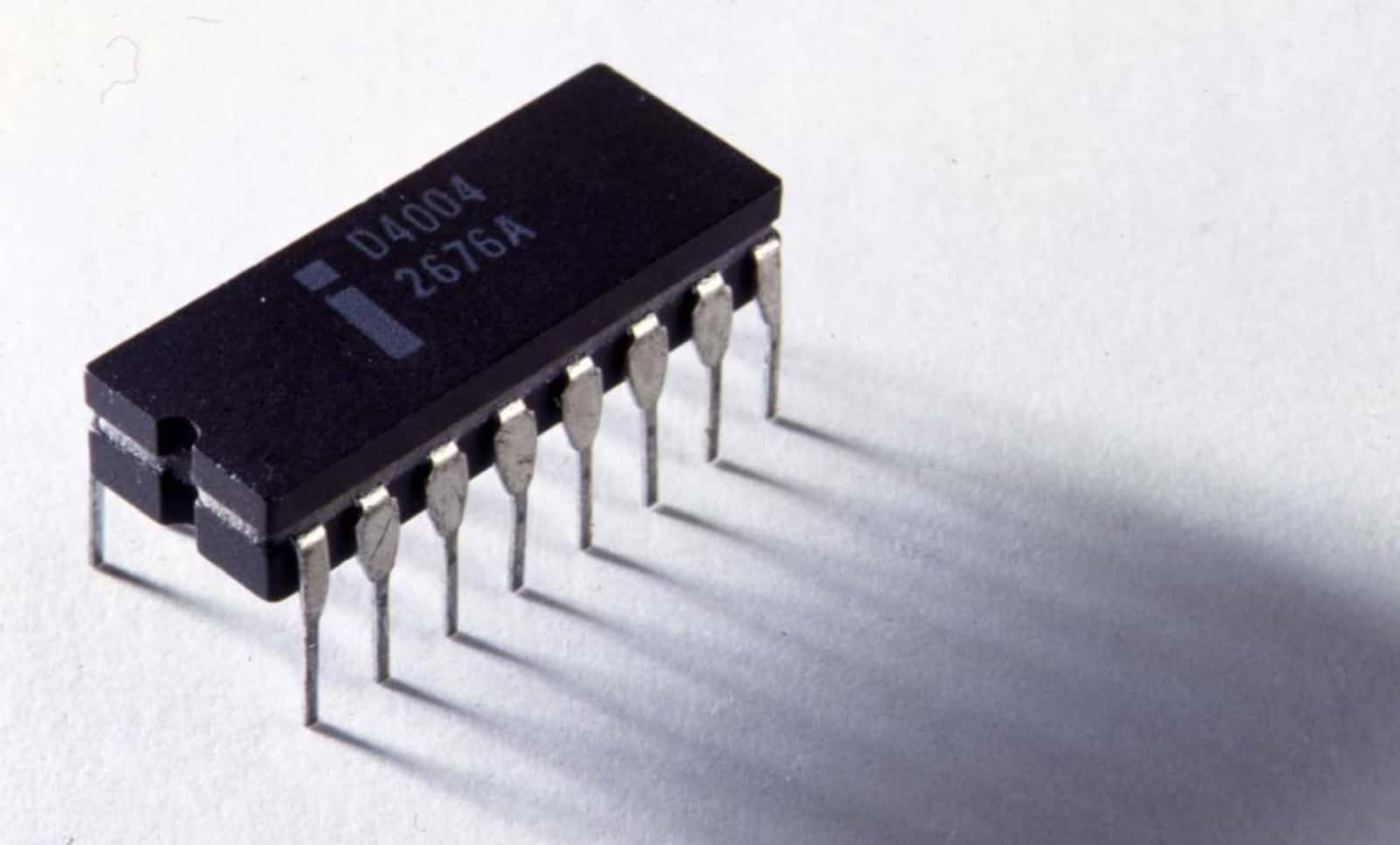The microchip that most chips have to be thankful for turns 50 this year, as Intel celebrates the 4004.
That chip in your computer and chip in your phone may or may not be made by Intel, but there’s a good chance its arrival has a 1971 chip from the company to thank for its existence.
Back in 1971, computers weren’t what they were today. Phones weren’t, either; people actually used phones to call people, not as tiny computers you could throw in your pocket. These days, phones and computers are largely interchangeable, and much of what you can do on one, you can do on the other.
Improvements and evolutions in both hardware and software are part of what has made that possible, but it all started somewhere, and Intel has one of the reasons why: the Intel 4004.
Long before the X86 processors you might have grown up with (depending on how old you are), Intel was tasked with building a chip for a calculator. Back in 1969, the Nippon Calculating Machine Corp approached Intel to build chips for a prototype calculator, and Intel’s response was to effectively build a processor in a small size, a microprocessor.
That chip essentially was built to contain the computing power of a room from years prior into a chip that much the size of a fingernail. Called the Intel 4004, it paved the way for much of what we use today.

In the 50 years since, the technology has understandably changed. Back in 1971, Intel’s 4004 offered 2300 transistors, compared to the billions used in today’s 12th-gen Core processors, utilising one core for processing power compared with up to 24 from today’s chips. The differences are staggering, but that’s what 50 years of evolution will get you.
Moving forward, you can expect the technology to get even more complex and more capable, with developments and competition from rivals. With Intel regularly competing with AMD, as well as Apple’s own silicon M1 processors including the recent M1 Pro and M1 Max, it’s safe to say the microprocessor has come a long way in its 50 year lifespan, and it still has more to go.







